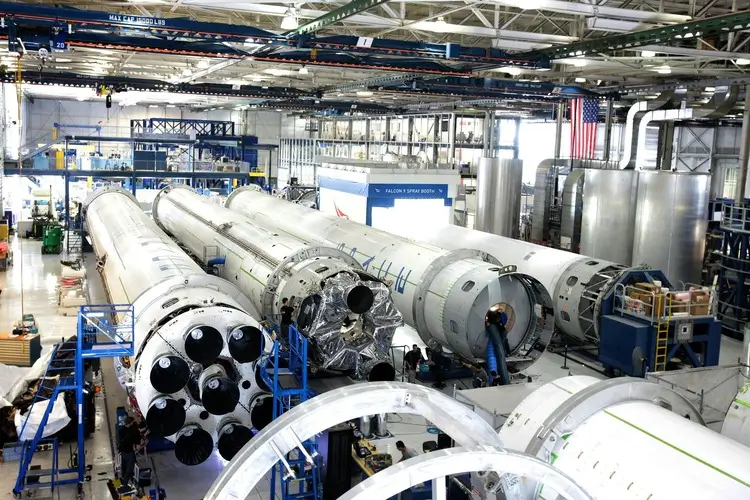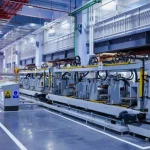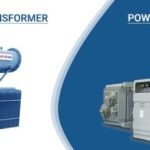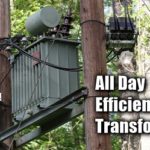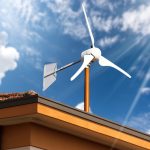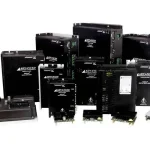Regardless of the industry, energy is an important resource for all factories that takes up a healthy percentage of their operational expenses. Pursuing sustainability and cost minimization, many businesses adopt energy-efficient products, systems, and processes in their factories.
If you have energy concerns for your factory, you can optimize energy usage to maximize efficiency. This article outlines some simple strategies to introduce and optimize energy efficiency in your factory.
Understanding Energy Efficiency and Its Important for Factories
Energy efficiency simply means using less energy to perform more tasks. It involves optimizing energy consumption while maintaining or increasing productivity. It can also mean maximizing energy resource usage while minimizing waste.
For factories, energy efficiency requires using less energy to produce more goods to reduce energy consumption and costs while reducing environmental impact. It covers energy optimization across all features and operations from lighting to heating and powering machinery and processes.
Energy efficiency and optimization benefit businesses, industries, and the world. It enhances cost savings for businesses by lowering operating costs. This helps to improve their financial position, and it also increases productivity and competitiveness while promoting sustainable industries.
Efficiency in energy usage reduces electrical motor fails and downtimes and optimizes output to increase productivity. This also influences the cost of production and pricing of products, providing a competitive advantage for your business.
It also provides environmental benefits in factory settings by encouraging sustainable practices, allowing businesses to reduce their carbon footprints. There’s also the benefit of waste reduction, ensuring clean and sustainable cities.
5 Strategies to Optimize Energy Efficiency in Factories
Your business can enjoy these benefits by optimizing energy efficiency in your factories. This section outlines five simple strategies you can adopt for energy efficiency optimization.
Assess Your Energy Profile
The first step to energy efficiency optimization is understanding the current energy profile of your factory. It is important to know how much energy you’re using and whether it is being used efficiently.
After understanding your profile, you can take practical measures to reduce and optimise energy consumption and reduce waste. When assessing your energy profile, focus on areas of heavy energy consumption as primary targets for optimization. For a new factory, you can start assessing your energy profile with the Electrical Installation Condition Report (EICR).
Use Energy-Efficient Equipment
Using energy-efficient equipment is another key way to optimize energy usage and efficiency in your factory. Consider upgrading your equipment and machines to more modern and energy-efficient ones to optimize your consumption.
These machines and equipment are designed with advanced technologies that demand less energy. Others support renewable and clean energy sources, allowing you to save substantial costs in the long run.
When buying new equipment, look for energy efficiency certification, like the Energy Star rating. Investing in energy-efficient equipment when upgrading is a good investment with great returns.
Optimize Factory Lighting
Good lighting is a standard requirement for factories in all industries. It is important for ensuring the safety of workers and enhancing the efficiency of production. However, lighting is a source of high energy consumption, especially in large factories.
You can optimize energy efficiency in your factory by optimizing energy usage for lighting. Replace your lighting systems with energy-efficient options like LED bulbs and regulate lighting times. Ensure to turn off all lights when not in use, and reduce waste by using timers and sensors to keep lights on only when required.
Use Waste Heat Recovery Systems
Waste heat recovery systems capture waste heat from a factory production process and repurpose it through specialized technology and equipment for use in another process. Factories produce large amounts of heat through cooling water, hot exhaust gases, or steam. These systems capture and reuse this thermal energy byproduct as energy sources, enhancing sustainability. These systems are also cost-effective in the long term, allowing businesses to save costs in recurring energy expenses.
Perform Regular Energy Audits
After implementing energy-efficient systems and processes, you need regular audits to ensure these systems and processes are functioning and producing the desired results. Schedule and perform these audits frequently at regular intervals.
During audits, assess your energy intensity, productivity, and specific energy consumption against industry standards. Measuring these key energy performance indicators will highlight where improvements are needed.
Fortunately, there are professionals who perform these audits for increased accuracy. You can hire an industrial contractor that can also recommend energy-efficient solutions and appliances, and help with industrial maintenance and machine installation.
Endnote
Energy is an important resource for all factory businesses, and ensuring energy efficiency is important to ensure sustainability and increase productivity while saving operational costs. You can optimize energy efficiency in your factory by assessing your energy profile, using energy-efficient equipment and machines, optimizing factory lighting, using waste heat recovery systems, and performing regular energy audits.
